Port Portugal
Interessante Fakten
Only wine from the Douro Valley of Portugal can legally be called Port.
Barrels are recycled. When you buy a ten-year port, that means the youngest juice in the barrel is ten years old. in actuality, you could be drinking wine that is many decades older.
One of the most traditional and delicious pairings in all the wine drinking world is Port and blue cheese.

Wie schmeckt dieser Stil?
Basierend auf 7.615 Bewertungen von 575 Weinen
Leicht
Üppig
Weich
Säurehaltig
Trocken
Süß



- Schokolade
- Karamell
- Eiche
- Vanille
- Dunkle Schokolade
- Toffee
- Kaffee
- Tabak
- Nelke
- Zigarre
- Zeder
- Muskat
0 Erwähnungen von Eichig
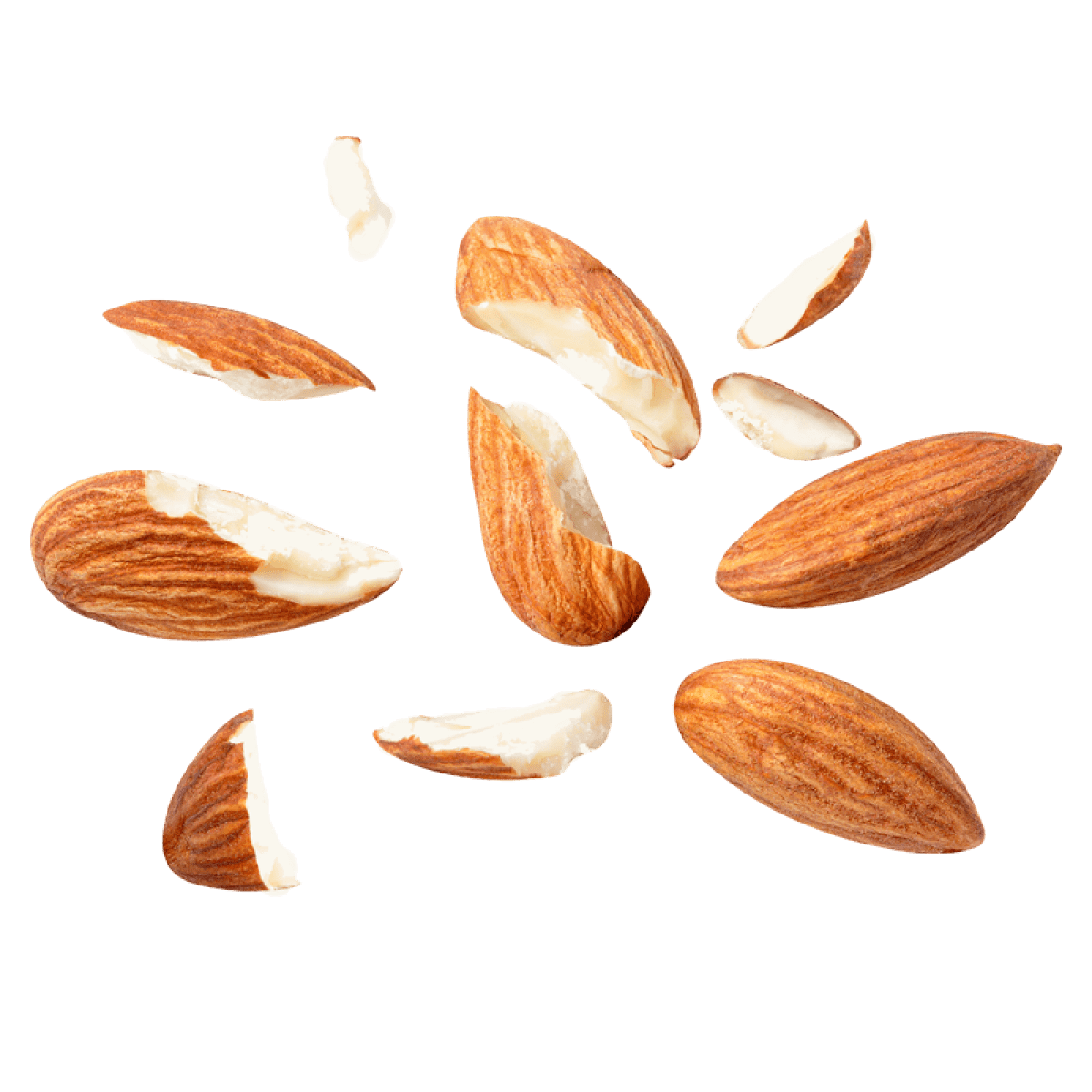
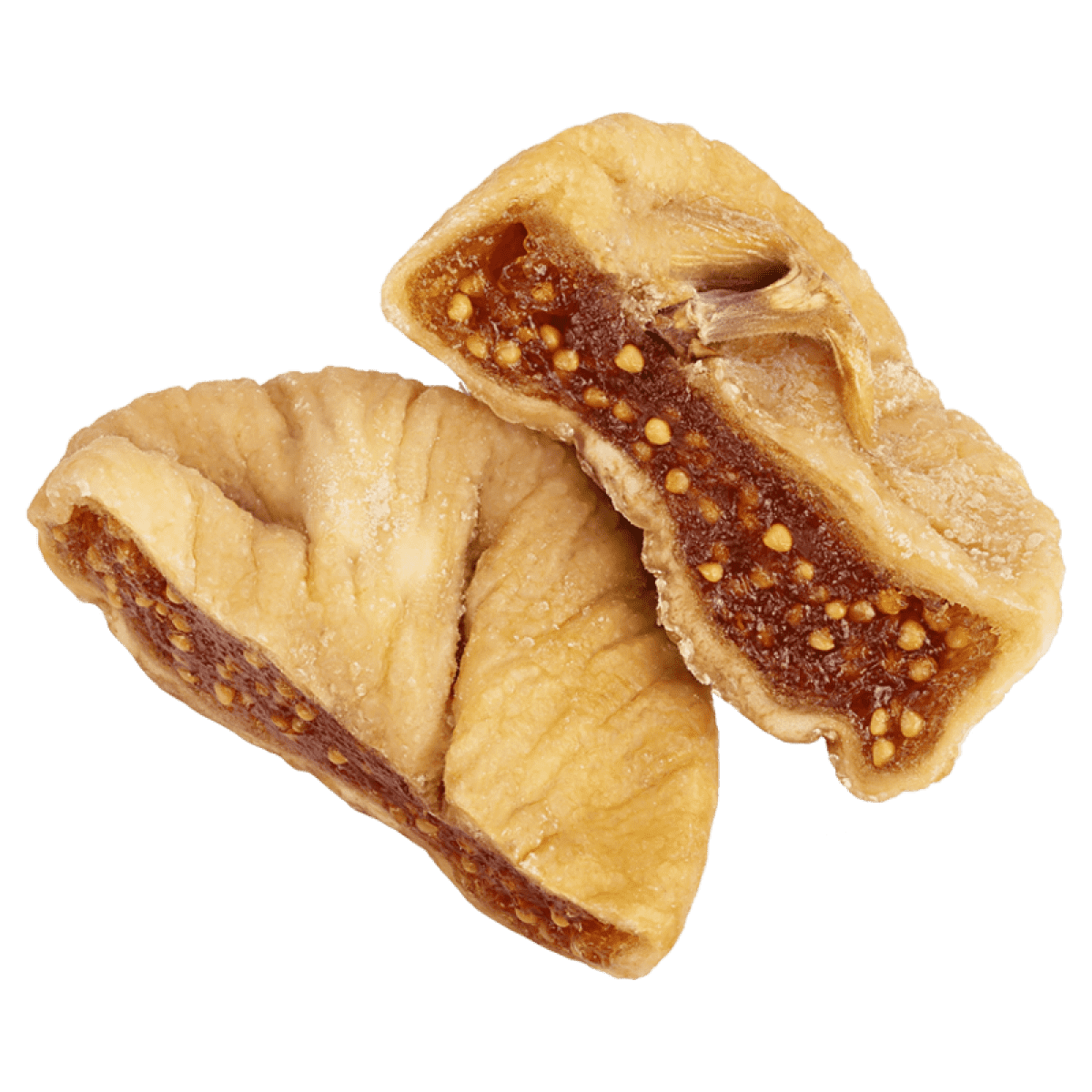

- Nussig
- Mandel
- Walnuss
- Brauner Zucker
- Getrocknete Feige
- Haselnuss
- Melasse
- Marzipan
- Ahornsirup
- Toast
- Keks
- Geröstetes Karamell
0 Erwähnungen von Alterung
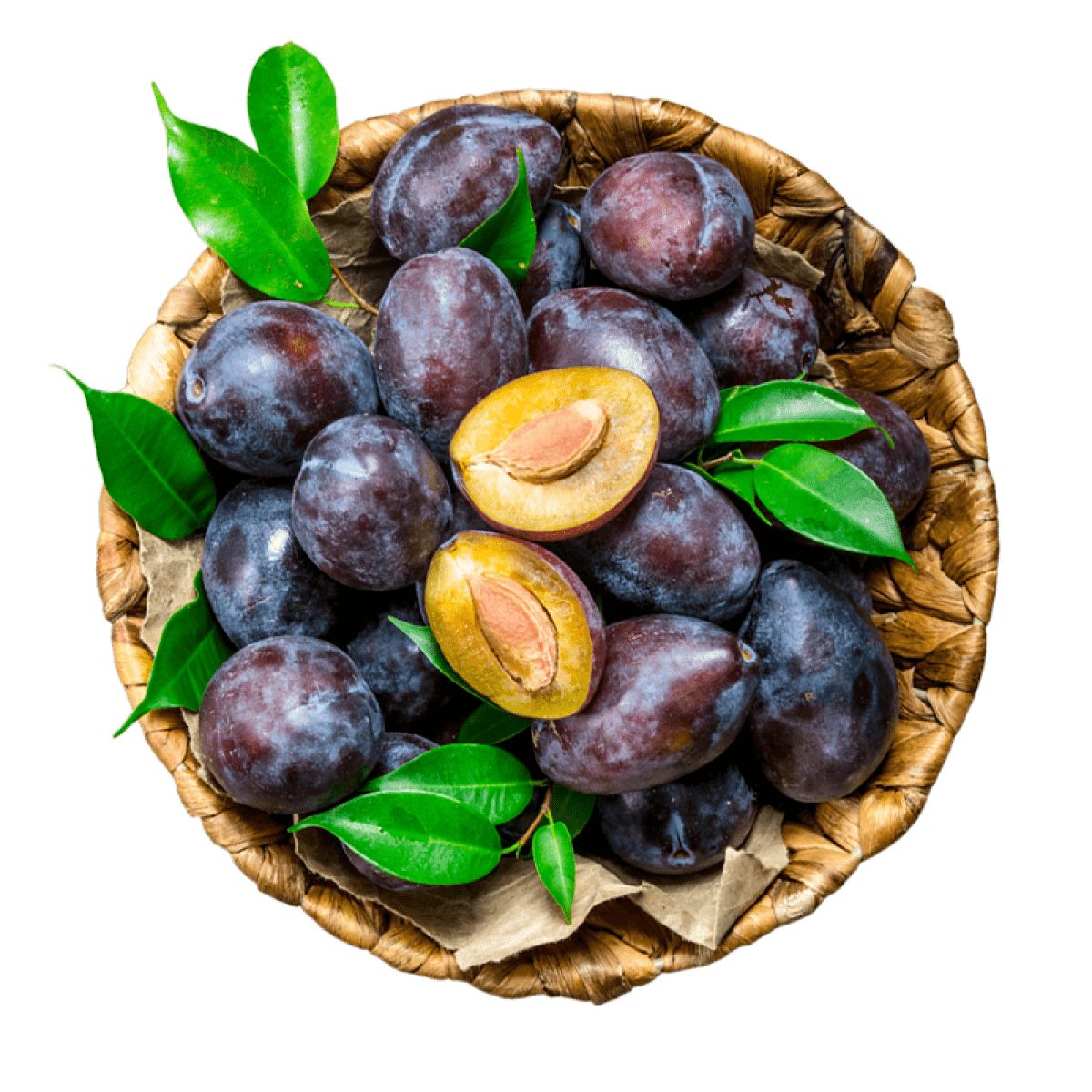
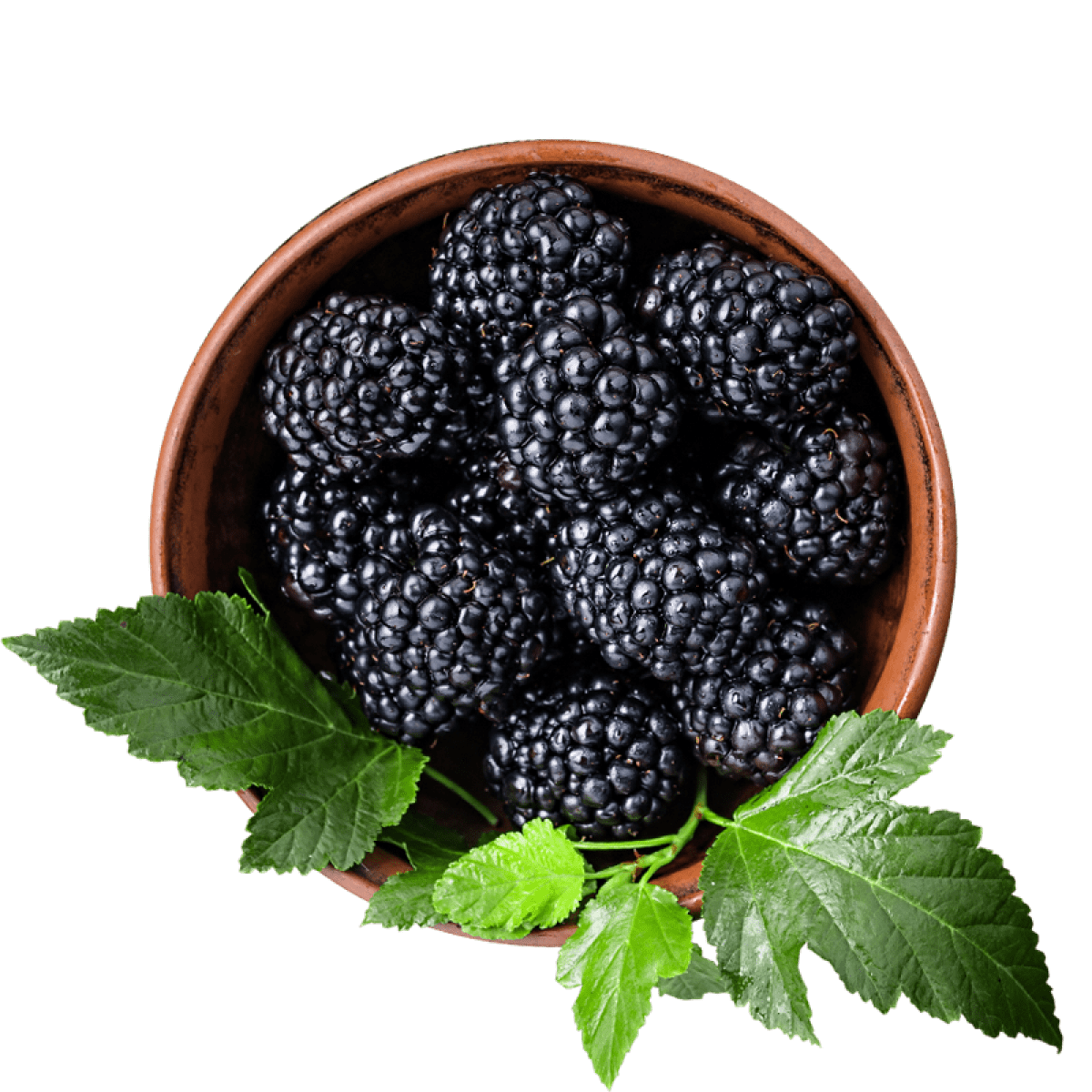
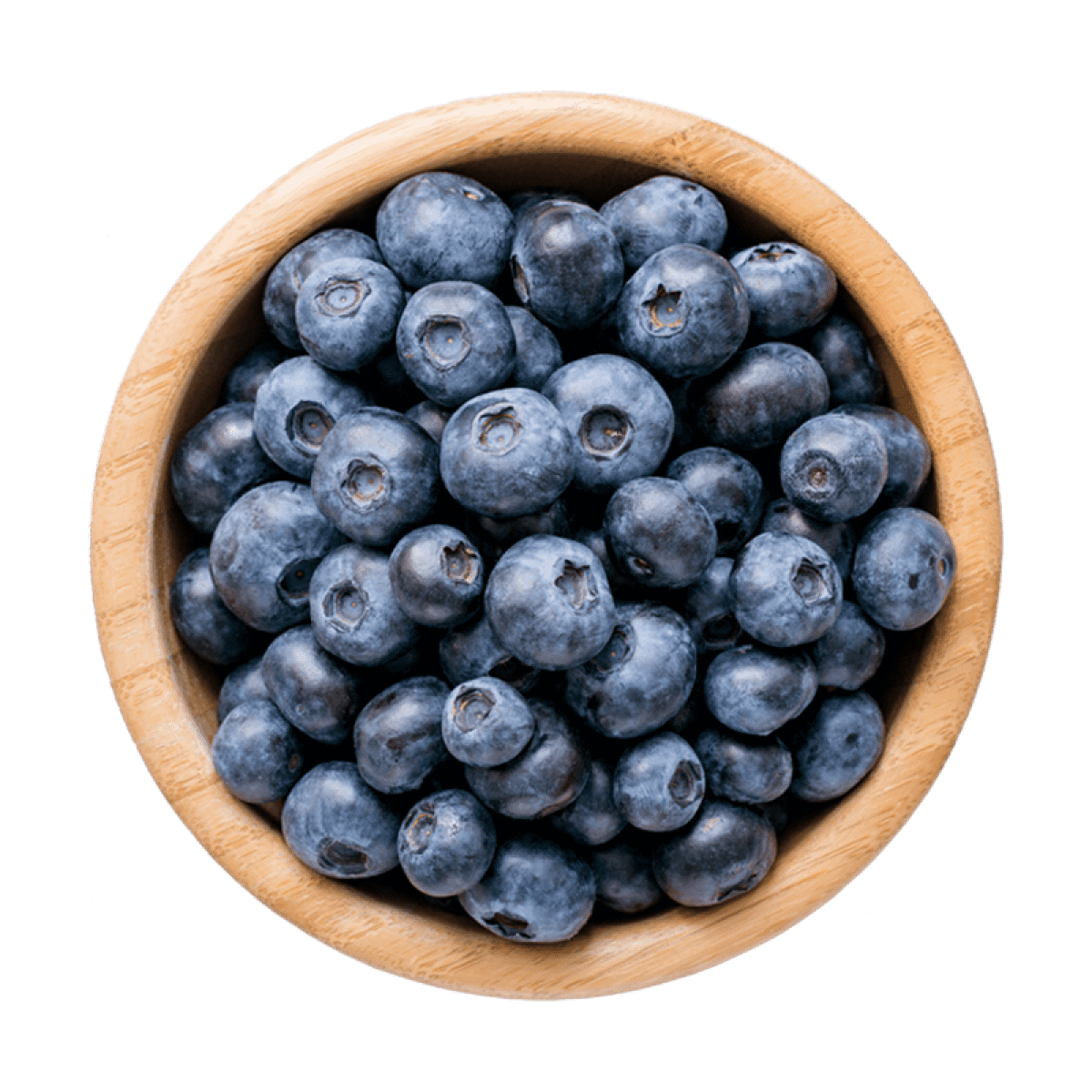
- Pflaume
- Brombeere
- Konfitüre
- Schwarzkirsche
- Schwarze Frucht
- Dunkle Frucht
- Schwarze Johannisbeere
- Bickbeere
- Cassis
- Schwarze Pflaume
- Brombeerkonfitüre
- Brombeere
0 Erwähnungen von Schwarze Frucht
Lernen Sie den Stil kennen
Produced exclusively in the Douro Valley of Northern Portugal, Port wine with its unique characteristics has become a favorite the world over.
There are scores of different grape varieties used in the production of port. This wine is more about the production methods used and the fortification with spirit than the nuances that the fruit has to offer.
Port is fortified. This means that there is an introduction of some type of distilled spirit to the wine during production. These wines can achieve an ABV of 20% or more.
You will encounter one of two main types of port. The first, Ruby Port, is the most common. It has a deep ruby color, is sweet, and has relatively little exposure to oak. Tawny Port is brown in color, is aged longer, and draws its color and character from longer exposure to oak.
This wine is commonly used for desserts or a night-cap. Vintage ports, with an actual year of production i.e 1985, are far less common and usually quite spendy. Most ports are associated with a length of time of aging, like a 4-year port, or 10-year port.